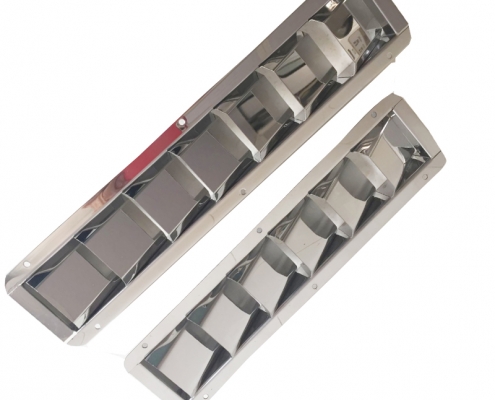Tips for Installing Your Boat Air Vent
Whether you are building or repairing a boat, one of the most important and often overlooked parts of your boat is Boat Air Vent. Not only does it allow air to escape from the boat, but it allows cooling air to circulate through the boat so that it remains comfortable. As any boater will tell you, having a comfortable boat can be vital to the enjoyment of boating.
Many people who build their own boats do not realize just how important the boat air vent is. They do not realize that this part is essential for the proper functioning of your boat. Some boat owners simply purchase a small boat vent, but others spend thousands of dollars and even more hours in building their boat. If you’re not building your own boat, don’t worry about it being a very difficult task because almost anything is possible with a few minutes of your time.
The first thing you need to do when you are building or replacing your boat vent is to remove all of the hoses and tubes connected to the original ones. You will need to disconnect the pressure gauges as well as the water tank. You may also want to take out the battery and the electrical cables. Next, you will need to locate the location on the boat where the pilot light is usually located.
Next, check the lines between the boat’s hull, and the boat’s deck. There should be an opening on the hull, or somewhere on the deck near the bow, that is used for the exhaust. Most boat owners find that the exhaust vents should be at the very top of the hull. Make sure that you make the opening big enough to accommodate the exhaust system. Next, you will need to connect the hose to the new air vent. Ensure that it is attached firmly to the boat’s hull.
Before installing the new air vent, it’s important to install a sealant around the hole. The sealant is necessary to protect the exhaust hose from rusting. If you choose to use silicone caulk, be sure to make sure that the holes are all covered up. Then, attach the hose, and make sure it is screwed in securely. Check to make sure that the hoses are properly insulated. before putting the screws on, and tighten it properly. You may need to apply a little bit of oil to keep the screws from getting rusty.
When you have installed your air vent on the boat, you can go ahead and plug in your pressure gauge, and heater. If the boat has a heater, you will need to install a heat exchanger. and the pump to get the boat running. Once everything is set up, the boat should be ready for cruising.

Boat Ventilation Grill Cover






